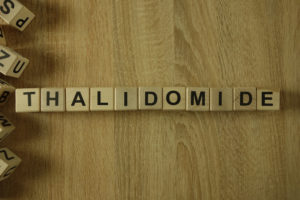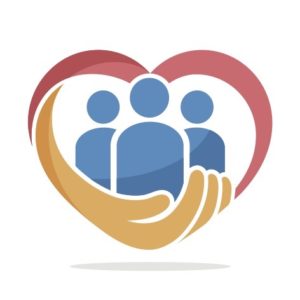 Thalidomide and Its Impact
Thalidomide and Its Impact
It is essential that all social care professionals understand thalidomide and its impact before carrying out an assessment for care needs.
Thalidomide Embryopathy
 Thalidomide embryopathy is unique and considered a rare condition.
Thalidomide embryopathy is unique and considered a rare condition.
The historical context of thalidomide is important – this is not a genetic condition or an acquired disability. It is vital to know that thalidomide was a significant scandal in the 1960s.
Visit our About Thalidomide page for more details
The condition is usually called thalidomide damage and sometimes medically - Thalidomide Embryopathy.
There are a number of terms that are used when referring to someone who was damaged in utero by maternal ingestion of the drug thalidomide, these include:
- Thalidomide survivor
- Thalidomider
NOTE: Most people do not like the term ‘thalidomide victim’; it is best to ask the client which term they prefer.
What was the impact of thalidomide?
Thalidomide caused damage to the developing embryo in utero. The damage caused by thalidomide can include any combination of the following:
- Upper limb damage – No arms, arms short above the elbow, arms short below the elbow, hand and wrist damage, missing digits
- Lower limb damage – No legs, legs short above the knee, legs short below the knee, hip damage, foot damage
- Missing joints – Knees, hips, elbows, wrists – in shortened limbs
- Reduced range of movement – It may not be possible to bend or raise limbs
- Spinal damage
- Absent or damaged external ears – May use prosthetic ears
- Damaged internal ears
- Facial palsy and damaged facial bones – Small jaw and overcrowding of teeth
- Vision impairment and sight loss
- Hearing impairment
- Internal damage – Bowel, reproductive organs, vascular system, kidneys etc.
- Stomas – Resulting from anal stenosis and internal damage
- Infertility
- Pain – almost all thalidomide survivors live with chronic pain
- Neurological issues – Numbness, tingling, pins & needles, loss of grip and strength
- Psychological issues – Most commonly depression/low mood and anxiety
- Secondary damage – Arthritis
We differentiate between upper limb damage and lower limb damage and the terms 'short arms' and 'short legs' are acceptable.
Upper limb damage is the most common type of thalidomide damage with 85% of thalidomide survivors having some degree of this.
The Thalidomide Trust is the respected authority on the condition and more information can be found in the website area For Professionals.
Identifying Unmet Needs – Care Act 2014

Understanding thalidomide survivors’ point of view in preparation for a needs assessment
